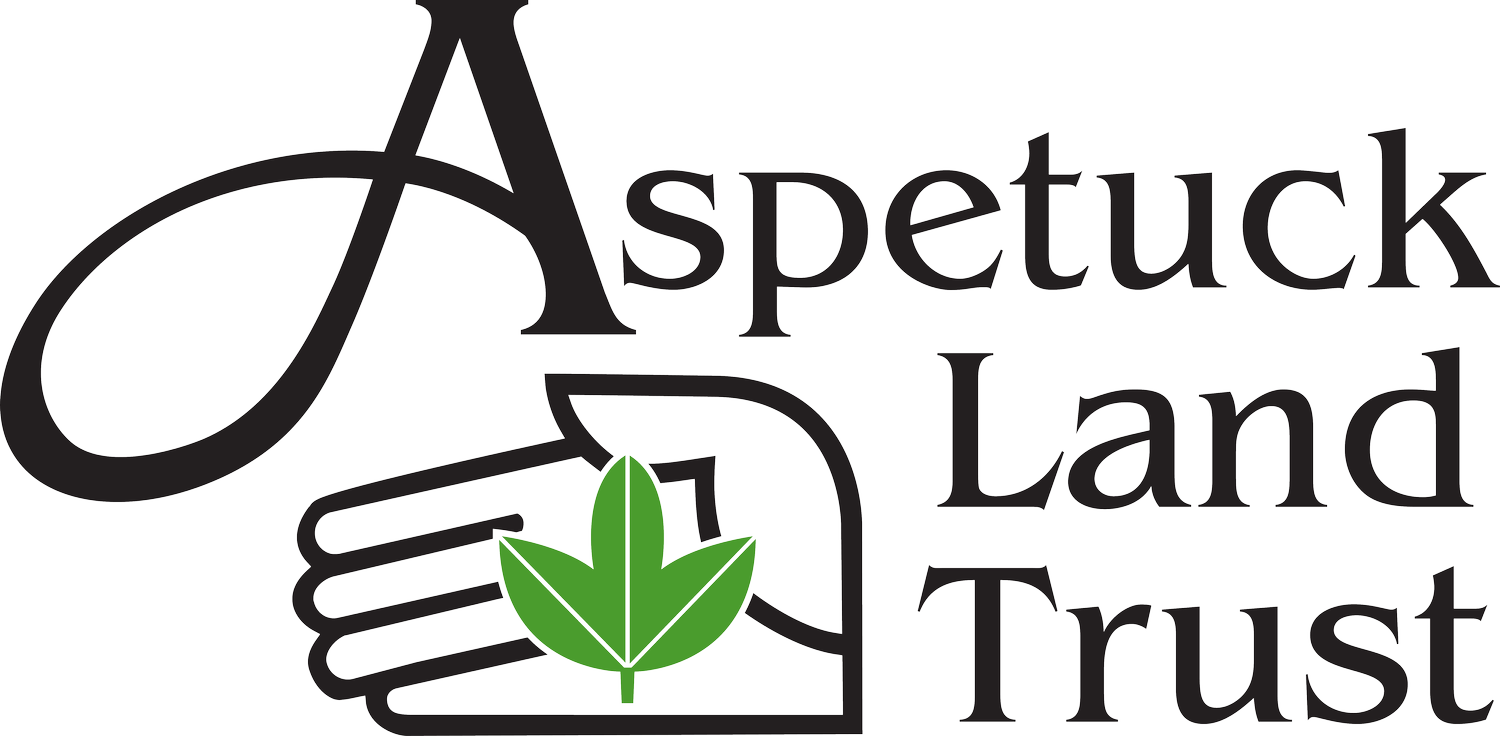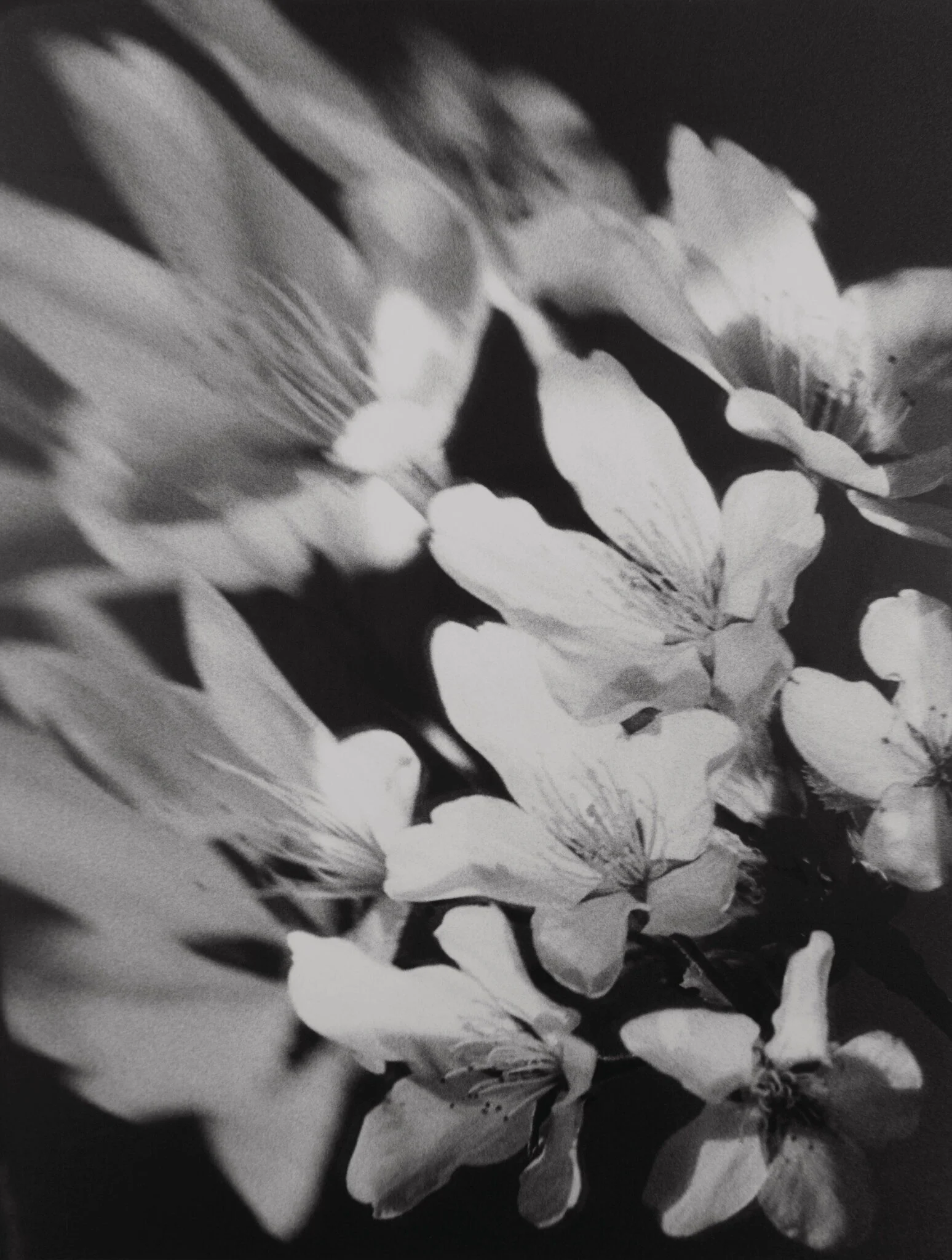Underneath the frozen ground all winter slept the Queen Bumble Bee one of our most important native pollinators.
As with all hibernating creatures, these little fuzz balls emerge in the spring with a ravaging hunger that can only be satisfied by our most beautiful early flowering shrubs.
Rhododendron, Dogwood, American Pussy Willow, Lowbush Blueberry, Black Cherry, American Holly, Winterberry, to name a few, are all early season flowering plants that provide pollen for our important pollinators. Our partner Joe Gloria at Gilberties Nursery in Westport created this beautiful early pollinator planter, just bursting with flowering shrubs and perennials.
April is a great time to start adding native plants to your garden. Once the Queens Bees are fed, they can begin to nest and produce the worker bees that will emerge for your summer garden flowering natives. Feed them with native plants, don’t poison them (or your family) with pesticides!
You can find information on all season flowering native plants for pollinators by following this link to
Native Pollinators.
Remember your yard is a stepping stone on the Green Corridor, more native plants, no pesticides, and an organic lawn will make your home a favorite stop on the Corridor.




















